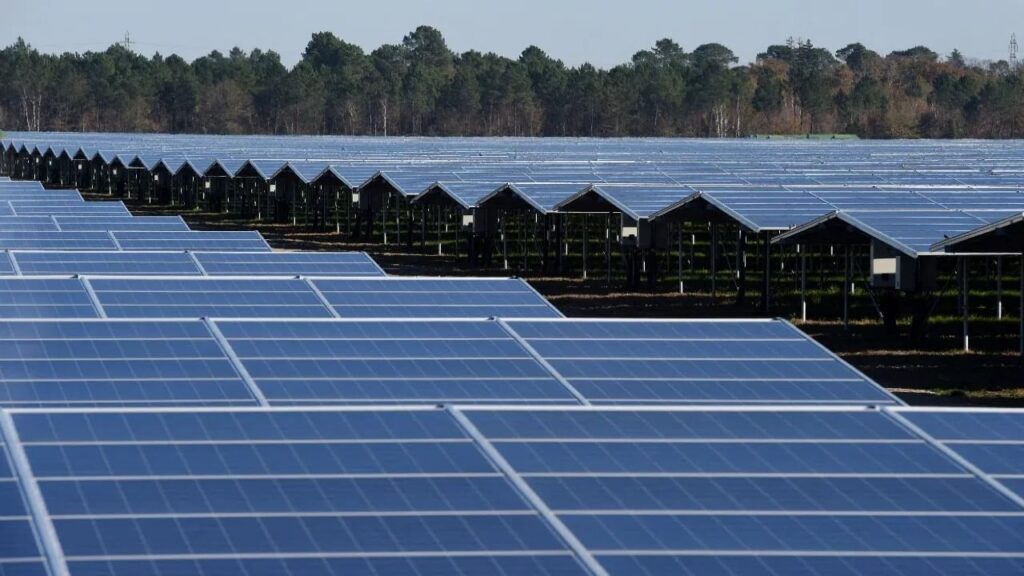India is set to revolutionize its solar sector, spurred by Prime Minister Modi’s earlier announcements promoting solar energy growth. In a significant development, a major company has outlined a plan to generate solar energy from India to South Africa. Candy Solar India, a prominent player in the solar energy sector, aims to establish 200 megawatts of projects in both India and South Africa by June 2025. Let’s delve deeper into the company’s ambitious plans.
Company’s Strategic Plan
According to managing director Nishant Sood, the company will implement projects in the domestic market on an Engineering, Procurement, and Construction (EPC) basis, targeting commercial and industrial (C&I) segment clients. In South Africa, the primary clients will come from the food industry and agriculture sectors. By the second quarter of the calendar year 2025, they plan to complete approximately 200 megawatts of solar projects. Nishant also mentioned that Candy Solar is in the process of signing agreements for a 45-megawatt capacity.
Focus on Rooftop Solar Projects
Sood emphasized a strong focus on rooftop solar projects within India. The planned projects will be spread across several states, including Gujarat, Rajasthan, Maharashtra, Tamil Nadu, Karnataka, West Bengal, Odisha, Punjab, and Haryana. The company will also establish open-access solar projects. Of the targeted 200 megawatts, nearly two-thirds are expected to be deployed in India, with the remainder allocated for South Africa.
Challenges Ahead for the Company
During discussions on the challenges faced by solar developers in India, Sood highlighted that the most significant hurdle is policy fluctuations. The alignment issues among various nodal agencies, along with the limited financing options available, particularly in the Micro, Small, and Medium Enterprises (MSME) sector, pose considerable challenges. Nevertheless, the overall outlook for solar energy remains positive, bolstered by clear financial incentives for all users, substantial market potential, and the government’s strong emphasis on solar power development.
Key Takeaways
| Aspect | Details |
|---|---|
| Target Capacity | 200 Megawatts by June 2025 |
| Key Markets | India and South Africa |
| Project Focus | Commercial, Industrial, and Rooftop Solar |
| Challenges | Policy fluctuations and limited financing |
Conclusion
The solar energy landscape in India and South Africa is on the brink of transformation, thanks to strategic initiatives by companies like Candy Solar. As the world increasingly shifts towards sustainable energy solutions, the successful implementation of these projects could set a precedent for solar energy development in emerging markets. The dedication to overcoming policy and financing challenges will be crucial in realizing these ambitious goals, fostering a cleaner, greener future for both nations.

